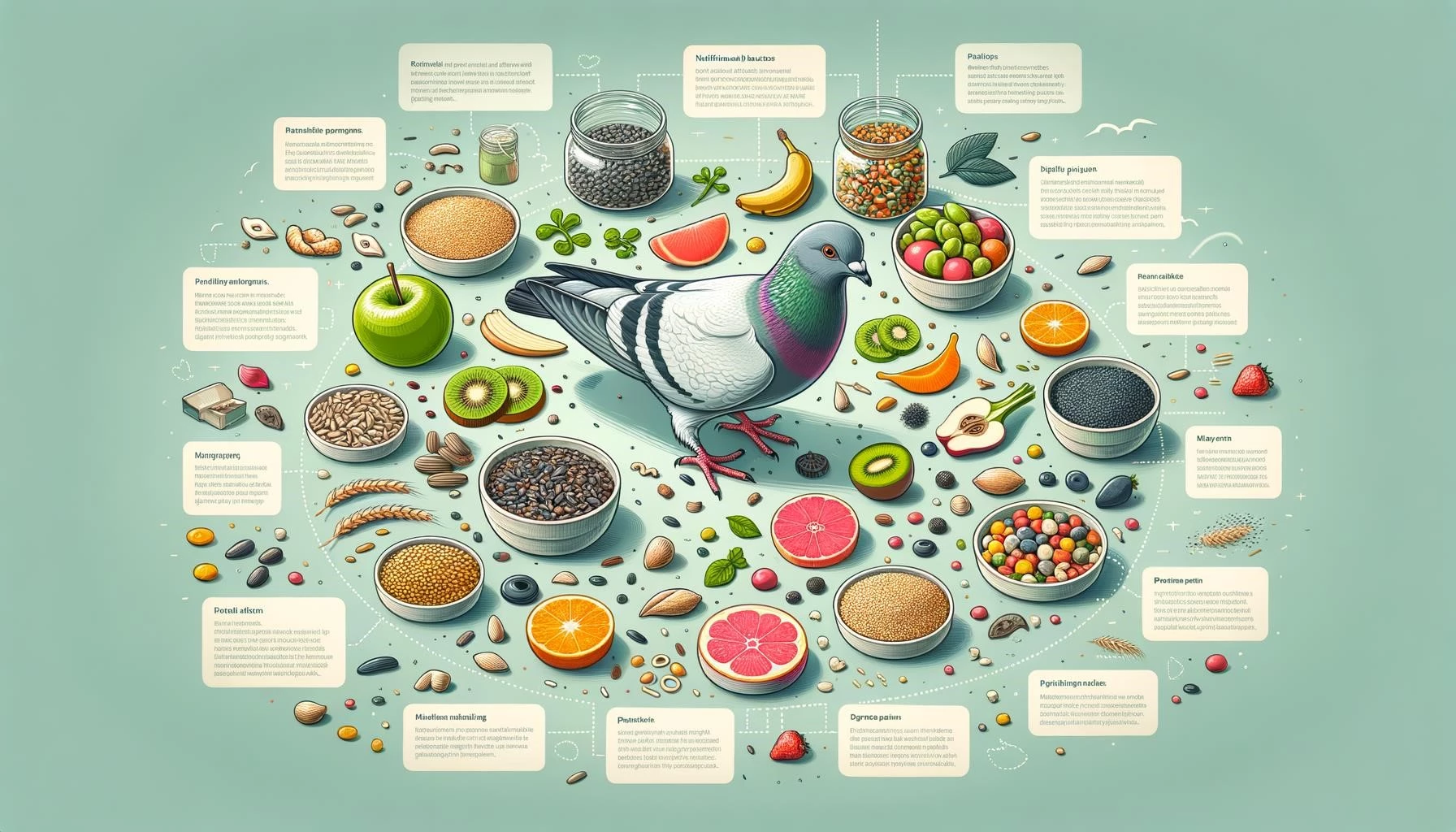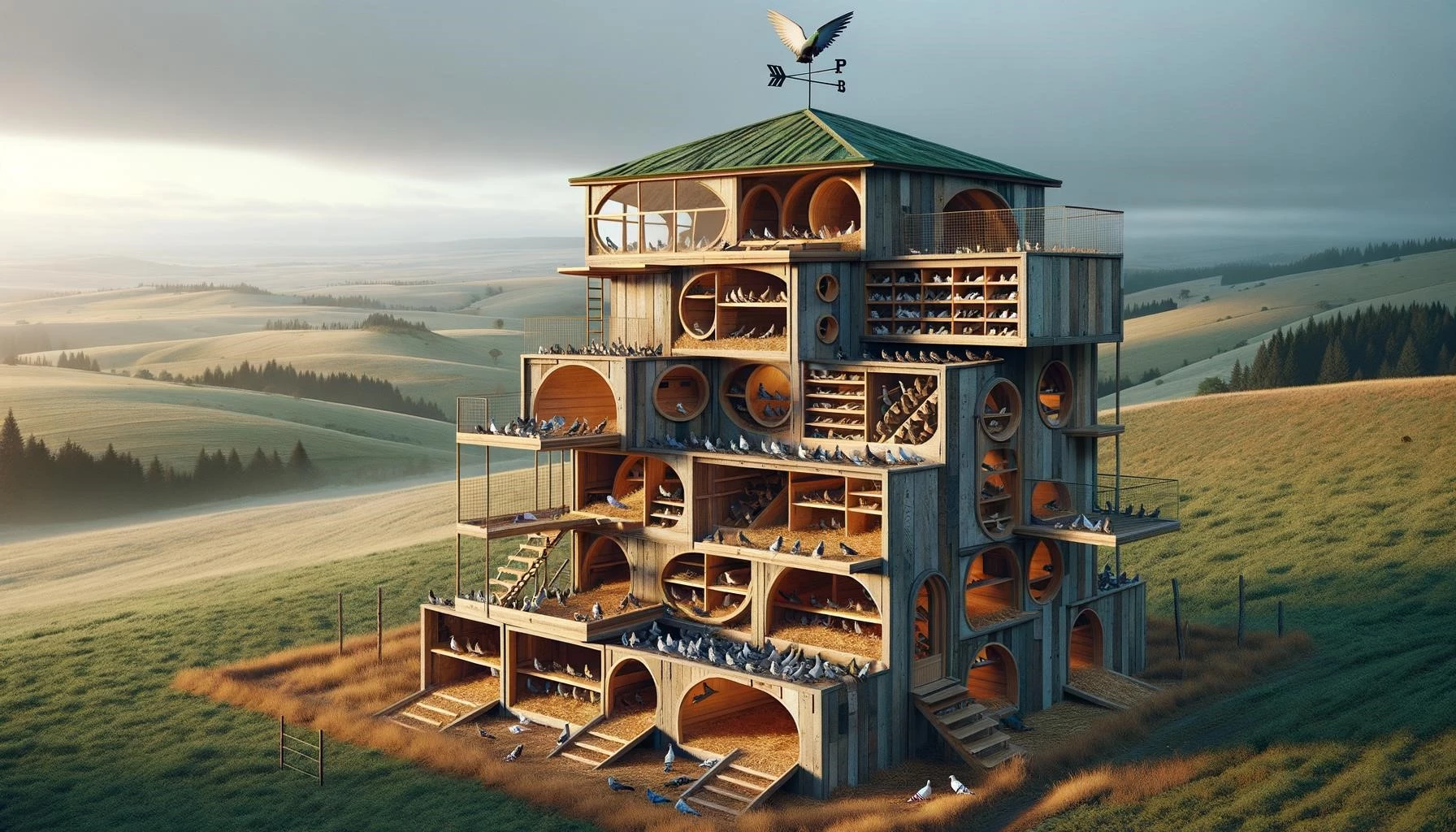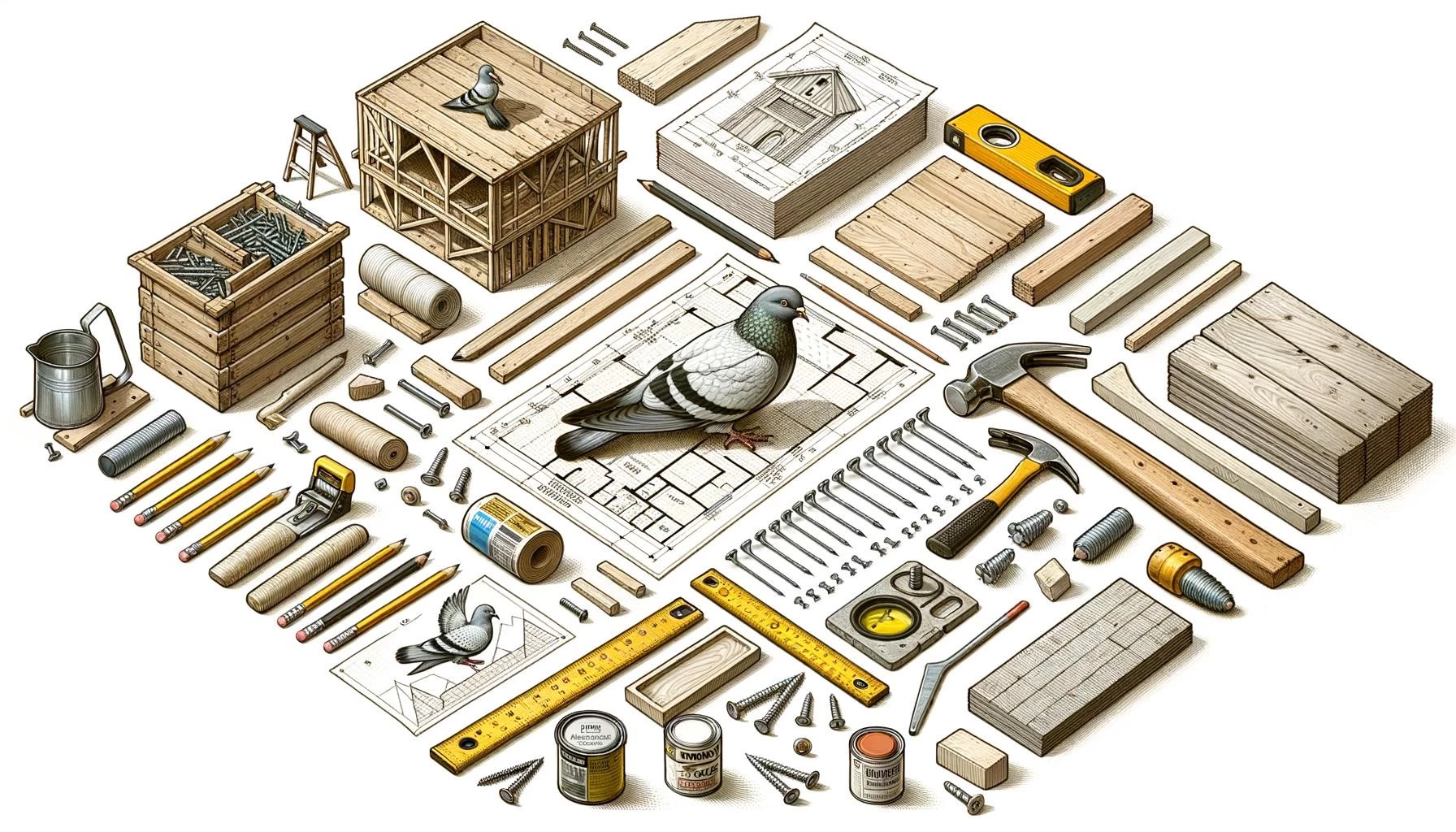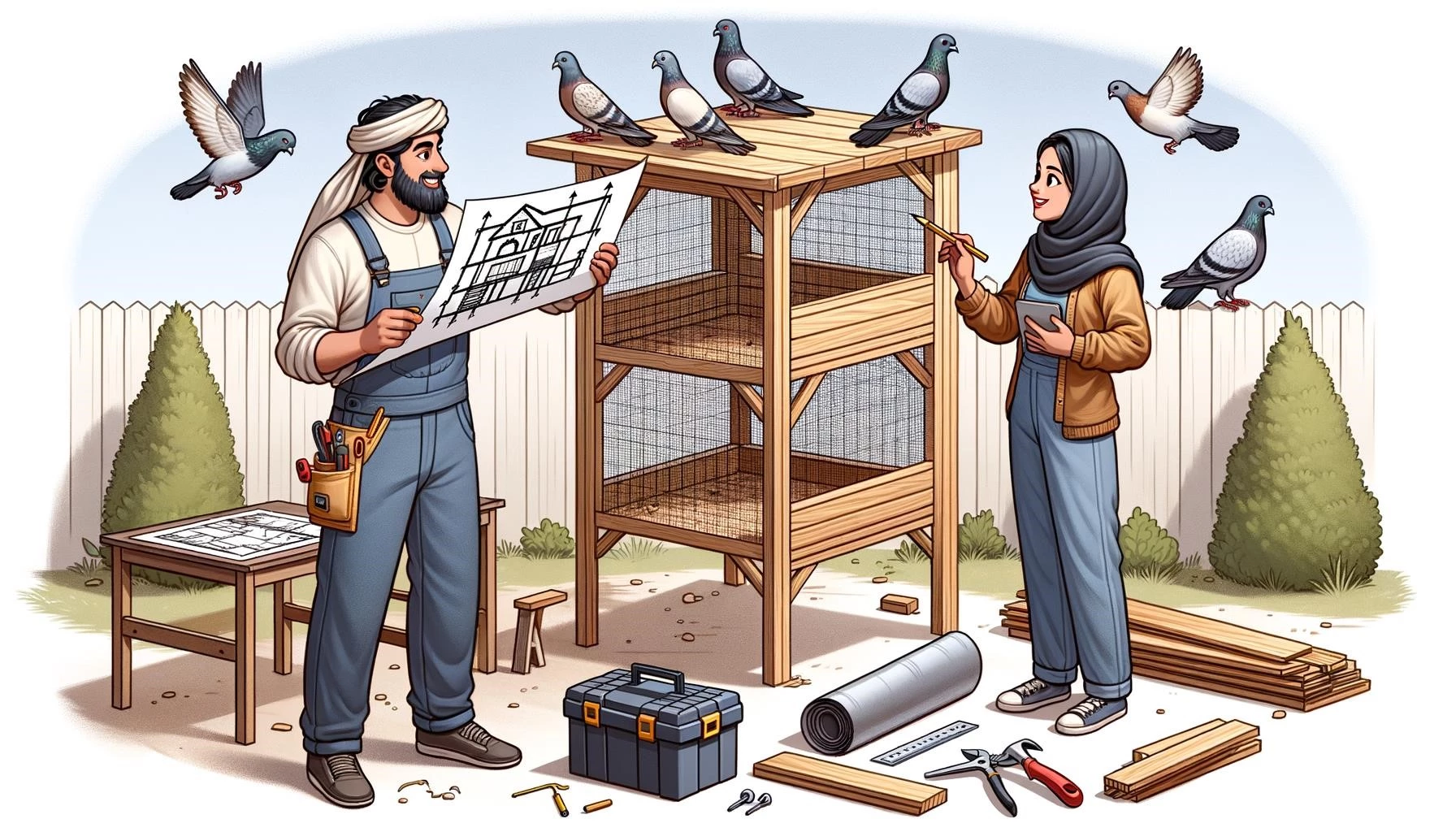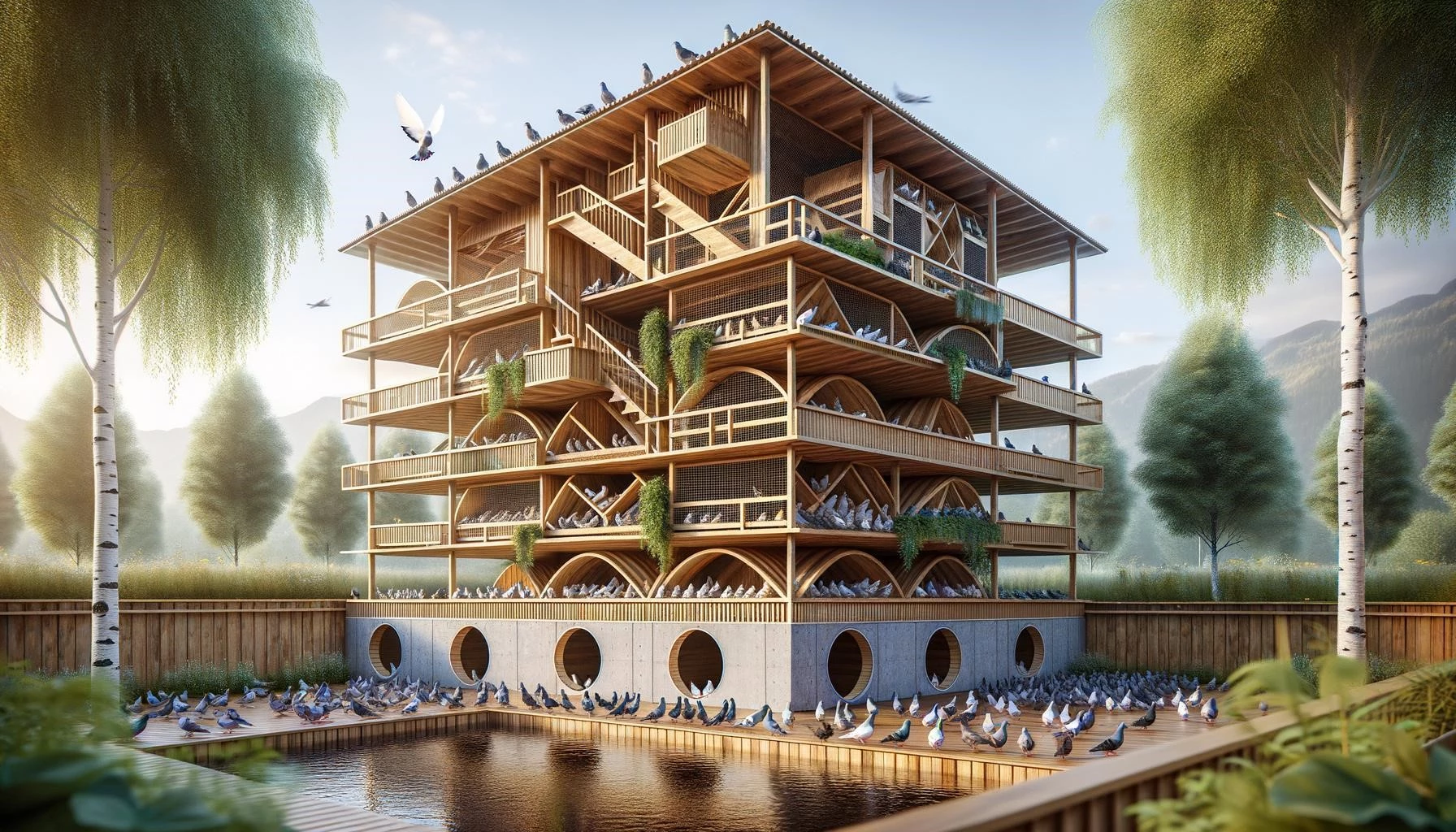Pigeon lofts play a crucial role in the ecology of pigeons, providing a safe and comfortable environment for them to live and flourish. These structures are designed to meet the specific needs of pigeons, ensuring their well-being and allowing them to thrive in various habitats. In this article, we will explore the key aspects of pigeon lofts and their ecological significance.
Key Takeaways
- Pigeon lofts are raised structures or buildings where pigeons are kept, providing a safe and comfortable environment for them.
- The design of a pigeon loft should consider factors such as size, ventilation, lighting, nesting boxes, and protection against predators and inclement weather.
- Pigeon lofts play a vital role in maintaining the health and well-being of pigeons, preventing the spread of diseases, and ensuring their ability to adapt and thrive in various habitats.
The Role of Pigeon Lofts in Ecology
Pigeon lofts are essential in the ecology of pigeons as they provide a controlled environment that meets their basic needs and ensures their survival. Here are some key aspects of pigeon lofts in the context of ecology:
1. Shelter and Protection
Pigeon lofts serve as a shelter and protection against predators, inclement weather, and other external threats. These structures are designed to keep pigeons safe from potential harm, allowing them to breed, nest, and raise their young in a secure and comfortable environment.
2. Nesting and Breeding Sites
Pigeon lofts provide suitable nesting and breeding sites for pigeons. Nesting boxes are placed in the lofts to allow pigeons to lay their eggs and raise their young. These boxes are designed to provide privacy and comfort, mimicking natural nesting environments and ensuring successful reproduction.
3. Disease Prevention and Control
Pigeon lofts play a crucial role in preventing the spread of diseases among pigeons. Proper ventilation systems, cleaning practices, and hygiene measures in the lofts help control the spread of pathogens and reduce the risk of infectious diseases. Regular monitoring of pigeon health and implementing measures to prevent the transmission of diseases are essential for maintaining a healthy pigeon population.
4. Adaptation and Thriving
Pigeons are highly adaptable birds that can thrive in various habitats, including urban environments. Pigeon lofts provide a controlled environment that allows pigeons to adapt and thrive, even in areas where natural habitats are limited. The lofts provide access to food and water, suitable nesting sites, and protection from predators, enabling pigeons to establish stable populations in diverse settings.
In Conclusion
Pigeon lofts play a vital role in the ecology of pigeons by providing a safe and comfortable environment for these birds to live, breed, and thrive. The design and maintenance of pigeon lofts are crucial for ensuring the health and well-being of the pigeon population, preventing the spread of diseases, and facilitating their adaptation to various habitats. By understanding and implementing proper loft design and maintenance practices, we can contribute to the ecological balance of pigeon populations and their coexistence with humans.


